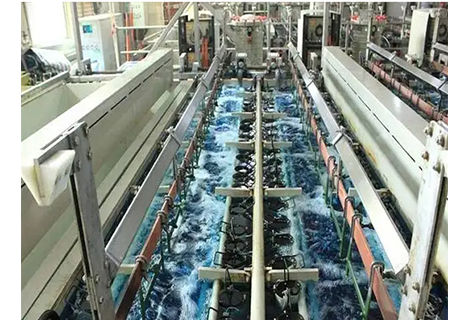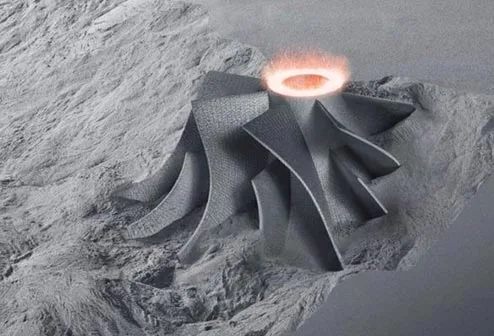With the rapid development of the automobile industry and the improvement of the technological level, especially the wide application of high-strength plates in automobile sheet metal, the cold work die is prone to failure forms such as deformation, wear, fatigue and fracture, which seriously affects the service life of the die. In the field of automotive molds, surface treatment technology is mainly to solve the problem of strain on stamping parts and improve the service life of molds. However, the traditional TD, electroplating and thermal spraying can no longer meet the needs of rapid development due to the limitation of deformation, coating times and coating uniformity.
In order to solve such problems, a new surface treatment process, PVD physical vapor deposition, is introduced in the field of stamping, which refers to the process of using physical processes to transfer substances and transfer atoms or molecules from the source to the surface of the substrate. Its function is to spray some particles with special properties (high strength, wear resistance, heat dissipation, corrosion resistance, etc.) on the matrix with lower performance, so that the matrix has better performance.
The workpiece 2 to be coated is placed in the arc evaporation source 3 of the vacuum container 1, and under high vacuum conditions, it is evaporated by heating by the arc evaporation source. When the mean free path of the evaporated molecules is greater than the linear size of the vacuum chamber. After the atoms and molecules of the steam overflow from the surface of the evaporation source, they are rarely impacted and hindered by other molecules or atoms, and can directly reach the surface of the workpiece substrate. When the temperature of the substrate is low, it will condense on it to form a film.
In order to ensure the hardness and service life of the treated workpiece, PVD surface treatment technology has certain requirements for raw materials.
(1) CNC machining materials requirements: high-speed steel, pre-hardened steel, hot work die steel, tool steel, cold work die steel.
(2) Heat treatment requirements: tool steel and cold work die steel are tempered at temperatures above 500°C for three times.
(3) Size requirements: the maximum size is 600mm×400mm×280mm. The hole diameter/hole depth ratio or slot width/slot depth ratio should be greater than 1.
(4) Other requirements: There must be holes, threaded holes, steps, etc. for hanging and clamping on the mold for subsequent wrapping and hanging.
The surface finish of the insert is greatly improved by PVD surface treatment. During the stamping process, the friction between the sheet and the mold is reduced, and the problem of product strain can be well solved. Coupled with the surface hardening of the mold, the mold can be slowed down. The wear speed of the mold increases the service life of the mold, and the mold can be repeatedly processed by PVD, which can also greatly extend the service life of the mold.
The film layer plated by PVD coating technology has high hardness, high wear resistance, high corrosion resistance and chemical stability, and the life of the film layer is longer. It has been solved for a long time, and compared with other surface treatment technologies, PVD surface treatment technology has the advantages that the substrate is not easily deformed, cracked, and can be repeatedly coated. It is widely used in the field of stamping dies, which greatly solves the problem of die pulling and the surface quality of automobile outer covering parts.
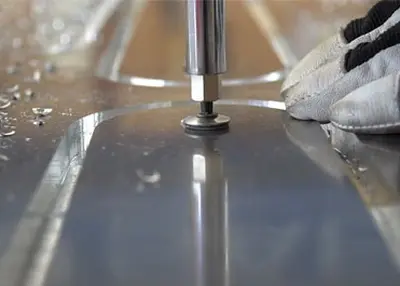 CNC numerical control cutting aluminum sheet, the efficient tool of modern manufacturingAugust 4, 2023In modern manufacturing, aluminum sheets are widely used, and CNC (Computer Numerical Control) cutting technology has become an efficient tool for processing aluminum sheets. CNC cutting aluminum she...view
CNC numerical control cutting aluminum sheet, the efficient tool of modern manufacturingAugust 4, 2023In modern manufacturing, aluminum sheets are widely used, and CNC (Computer Numerical Control) cutting technology has become an efficient tool for processing aluminum sheets. CNC cutting aluminum she...view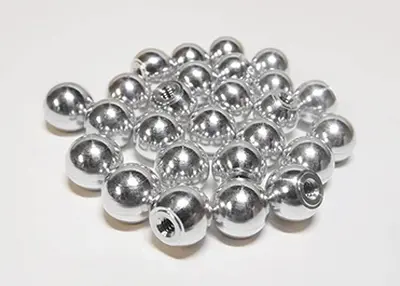 Choosing the Optimal Material For CNC Machining.October 17, 2023If you find the vast selection of different materials for CNC machining confusing, this blog will tell you how to reduce that number to a manageable level.
Choosing the right material for CNC machining can make all the difference in getting a working part or prototype made at a reasonable price.view
Choosing the Optimal Material For CNC Machining.October 17, 2023If you find the vast selection of different materials for CNC machining confusing, this blog will tell you how to reduce that number to a manageable level.
Choosing the right material for CNC machining can make all the difference in getting a working part or prototype made at a reasonable price.view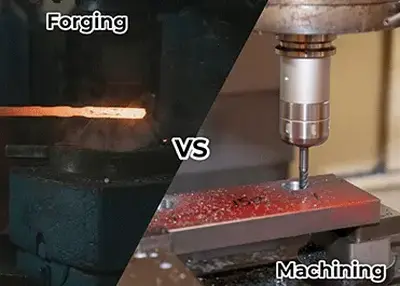 Forged vs. Machined: Unveiling the Essence of Manufacturing ExcellenceNovember 15, 2023In the ever-evolving landscape of manufacturing, the decision between forging and machining becomes the linchpin determining the quality, efficiency, and cost-effectiveness of the end product. Navigating the complexities of these two processes requires a nuanced understanding of their intricacies, advantages, and applications.view
Forged vs. Machined: Unveiling the Essence of Manufacturing ExcellenceNovember 15, 2023In the ever-evolving landscape of manufacturing, the decision between forging and machining becomes the linchpin determining the quality, efficiency, and cost-effectiveness of the end product. Navigating the complexities of these two processes requires a nuanced understanding of their intricacies, advantages, and applications.view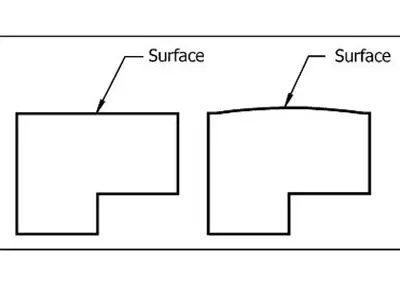 Exploring the Essence of Flatness: A Comprehensive InsightNovember 21, 2023In a world where precision and accuracy reign supreme, understanding the concept of flatness becomes paramount. Whether you're in engineering, mathematics, or the manufacturing sector, the significance of achieving optimal flatness cannot be overstated. Join me on a journey as we delve into the nuances and practical applications of this crucial aspect across various domains.view
Exploring the Essence of Flatness: A Comprehensive InsightNovember 21, 2023In a world where precision and accuracy reign supreme, understanding the concept of flatness becomes paramount. Whether you're in engineering, mathematics, or the manufacturing sector, the significance of achieving optimal flatness cannot be overstated. Join me on a journey as we delve into the nuances and practical applications of this crucial aspect across various domains.view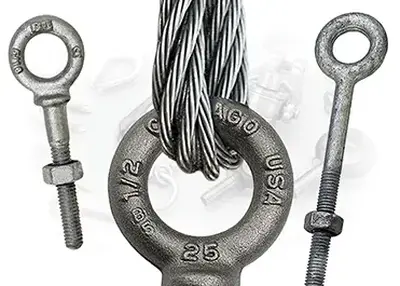 Machined Eye Bolts: Your Ultimate Guide to Quality and SafetyNovember 9, 2023When it comes to precision engineering and safety, there's no room for compromise. Whether you are involved in industrial operations, construction, aerospace, or recreational equipment, the quality of your components is paramount. Enter Machined Eye Bolts, the unsung heroes that bear the weight of your projects, ensuring safety and performance.view
Machined Eye Bolts: Your Ultimate Guide to Quality and SafetyNovember 9, 2023When it comes to precision engineering and safety, there's no room for compromise. Whether you are involved in industrial operations, construction, aerospace, or recreational equipment, the quality of your components is paramount. Enter Machined Eye Bolts, the unsung heroes that bear the weight of your projects, ensuring safety and performance.view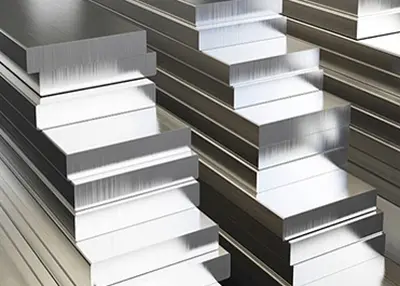 All About Hardness Definition: Types, Testing Methods & UnitsOctober 12, 2023Here is an in-depth overview of hardness definition. Follow this article to learn metal hardness for different materials and choose the suitable one for your project.view
All About Hardness Definition: Types, Testing Methods & UnitsOctober 12, 2023Here is an in-depth overview of hardness definition. Follow this article to learn metal hardness for different materials and choose the suitable one for your project.view
 EN
EN
 ru
ru 
